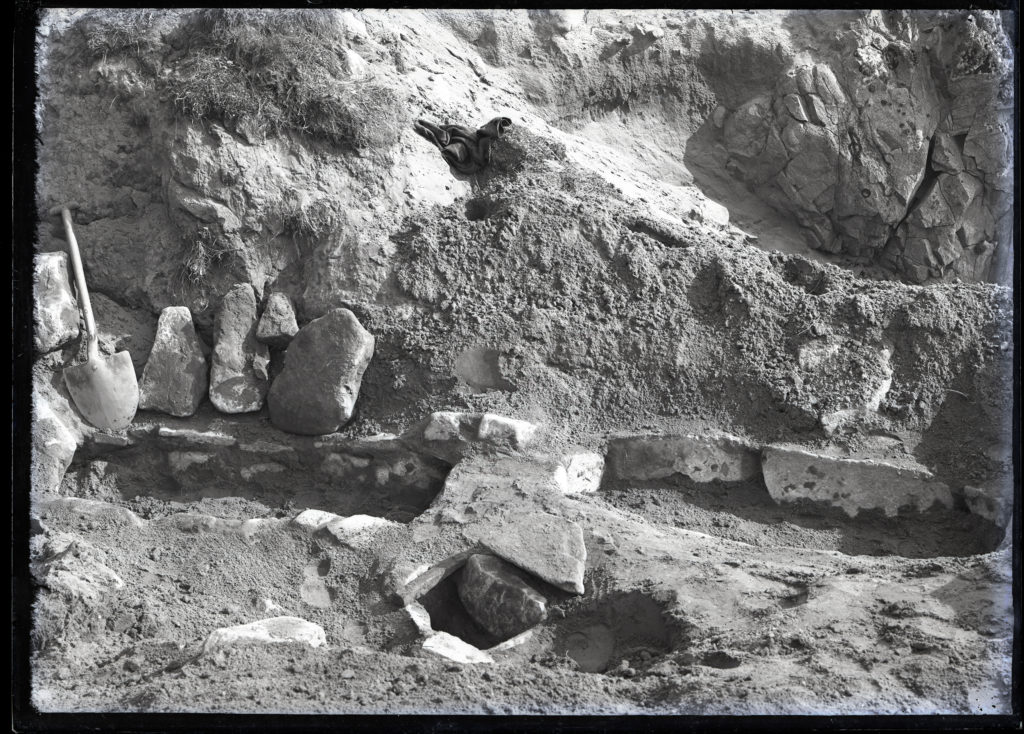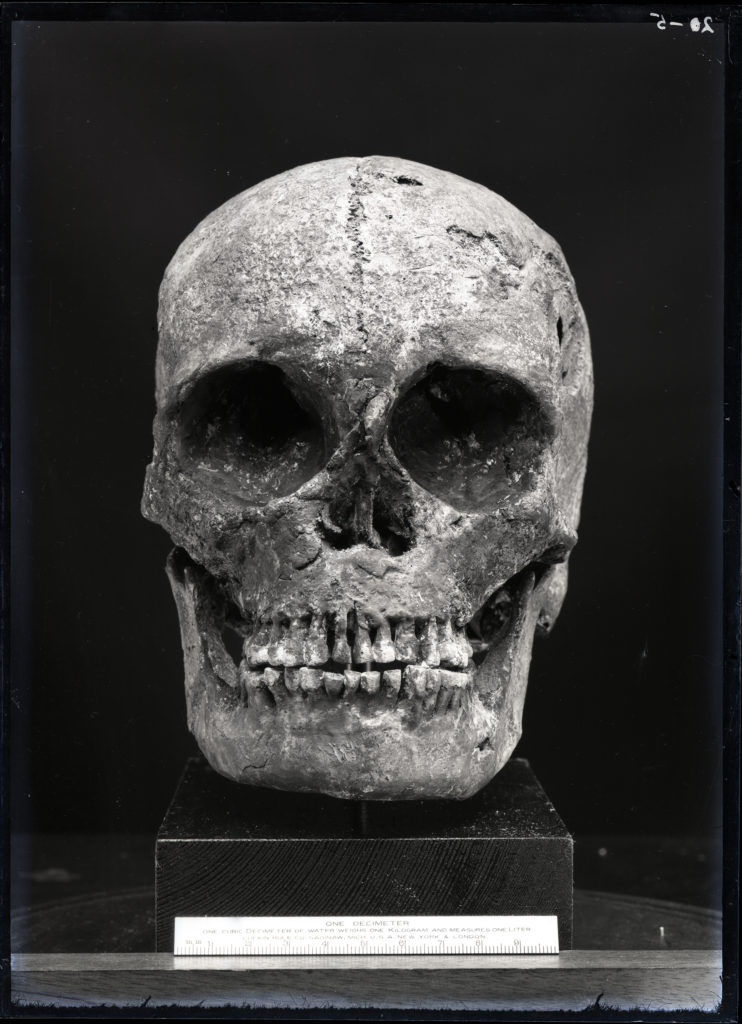Archives are defined as “a collection of historical documents or records providing information about a place, institution, or group of people.“, are incredibly important as a way of preserving parts of the past for the sake of education and research, serving as a way for people from the present to learn from aspects of the past in order to move forward and progress society in a multitude of ways. The Société Jersiaise is a local charity and archive, founded in 1873, preserving a multitude of different parts of the islands traditional culture, language and history, as well as information regarding the island’s natural history, such as the documentation of flora and fauna native to the island of Jersey. The Société Jersiaise‘s goals included the construction of the museum and library and soon also established the goal of permanently recording specific sections of the island’s history, specifically prehistoric monuments, buildings and ruins, through the use of photography. Images were also taken at archaeological dig sites, both in order to capture any artefacts found, as well as to document the processes and techniques to find, obtain and store anything discovered. As time has progressed and some of these important sites and objects have withered and eroded, it is important to look back at the images stored in the archive to see how much the progression of time and society has impacted them. The Société Jersiaise have placed a large amount of their archive online and easily accessible to the public free of charge, showing how dedicated they are to their goal of encouraging citizens to learn about how important the past is in moving forward.


Emile Guiton, born 1879 was an important figure in the history of photography in Jersey, taking many images of key sites and events, and donating them to the Société Jersiaise photo archive, 781 of which can be viewed online, before his death in 1972. His images explored a variety of subjects, shifting from the documentation of agriculture, to recording excavations and historical sites, to even taking pictures during the island’s occupation by the Nazis, which lasted from June 1940 until May 1945, a time of great change for islanders as German forces built concrete bunkers into the island’s, once peaceful, natural landscape. During the occupation, Guiton was one of the few islanders even allowed to take pictures, further showing his significance in Jersey’s history. He experimented with colour images towards the beginning of the 20th century, however seemed to shift back to black and white images for the majority of his work. This great array of material in time, place and subject, makes him a crucial part of the Société Jersiaise‘s photo archive alongside the island’s history itself. Looking at his work shows a modern viewer appreciate the progression of camera technology, as well as the beauty and importance of the Jersey’s natural and manmade past.

This is one of the images Guiton took during an excavation of La Motte, also known as Green Island, between 1911 and 1914, on this excavation eighteen cists were a found, a type of small prehistoric coffin made of stone that would hold the dead and an array of worldly possessions implying their wealth and power during their life. The image was taken using a film camera, and despite his colour experiments earlier in the century, is in black and white. The photo was likely taken in order to document the dig alongside anything found at the site, which includes flint flakes, bowls, hammers and vases, alongside several skeletons. The image is sharp and focused and has good exposure levels allowing the viewer to analyse each part of the image in detail. Despite its attempt to quietly immortalise the excavation, it feels somewhat eerie as many of the people in the image have turned to face the camera, it is likely that the majority of the people in the picture have now died due to how long ago it was taken, Guiton capturing the ghosts of the past on film, as they all surround the ancient skeleton of someone who had been in that very place thousands of years ago.

In conclusion, looking back at images from the past, particularly from places like photo archives where they would have been preserved for up to centuries, is crucial in growing as a photographer as well as progressing the island as a whole. By referencing these, people from the modern day can learn more about the past, potentially relearning lost knowledge as well as using it as a reference to predict aspects of the future. Guiton’s work is not only documentative, but also has artistic merit, able to express concepts that could then be explored by future generations looking back, even if it was not his intention at the time. Described as a collective memory, archives can hold many different voices and viewpoints for future historians, researchers and even just normal people to analyse and understand context regarding how the world truly works and how things can move towards a better one for everyone.

Hannah, a well-constructed essay, that clearly demonstrates that you have researched, read and thought about the essay question and the function of the archive in general. Good use of illustrations and examples to extend knowledge and understanding in selecting key images by photographer Emile Guiton, that have been analysed using both contextual and personal references.
For your Personal Study, consider how images or specific collections from the historical photo-archive at Societe Jersiaise may help to develop your project. Maybe a further study of Guiton’s work could be interesting. Many new glass negatives of his work are currently being digitised so there are a lot of material to consider – could be a focus when you start your internship
12/18 = B grade
Good effort – keep going!